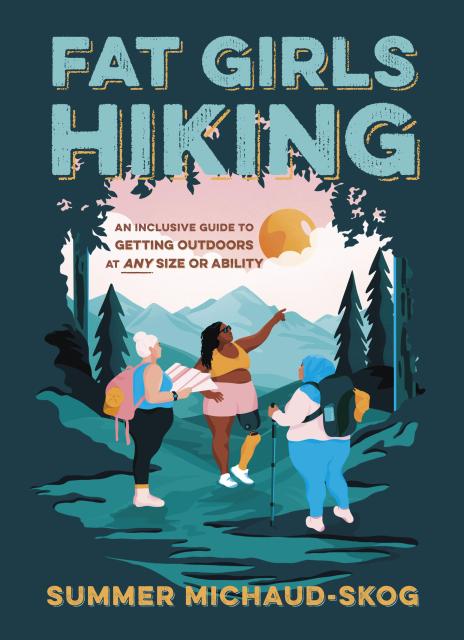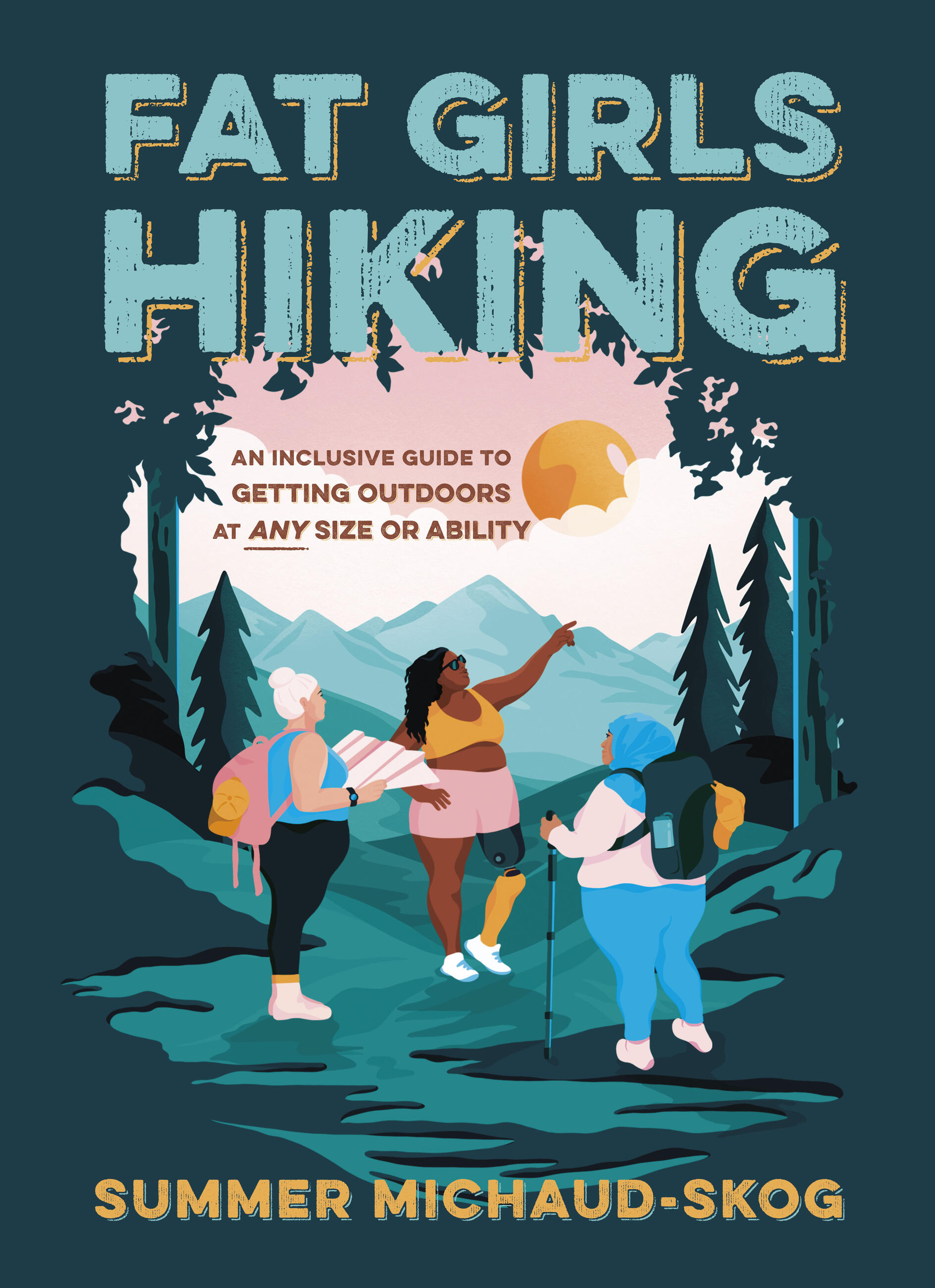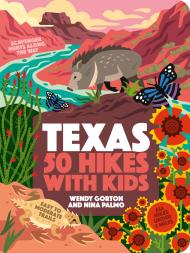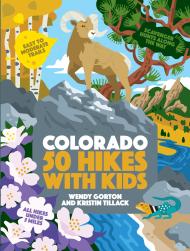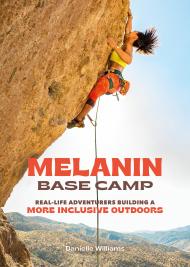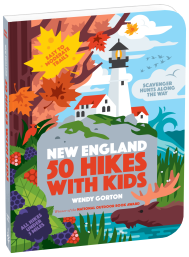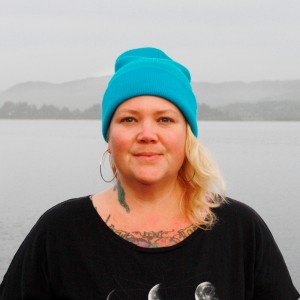Promotion
Use code MOM24 for 20% off site wide + free shipping over $45
Fat Girls Hiking
An Inclusive Guide to Getting Outdoors at Any Size or Ability
Contributors
Formats and Prices
Price
$11.99Price
$15.99 CADFormat
Format:
- ebook $11.99 $15.99 CAD
- Audiobook Download (Unabridged) $18.99
- Trade Paperback $19.95 $24.95 CAD
This item is a preorder. Your payment method will be charged immediately, and the product is expected to ship on or around March 29, 2022. This date is subject to change due to shipping delays beyond our control.
Also available from:
“An invaluable guide…Kudos to the author for changing the narrative on inclusiveness, breaking down stereotypes, and building body positivity.” —Booklist
From the founder of the Fat Girls Hiking community comes an inclusive, inspiring call to the outdoors for people of all body types, sizes, and backgrounds. In a book brimming with heartfelt stories, practical advice, personal profiles of Fat Girls Hiking community members, and helpful trail reviews, Summer Michaud-Skog creates space for marginalized bodies with an insistent conviction that outdoor recreation should welcome everyone. Whether you’re an experienced or aspiring hiker, you’ll be empowered to hit the trails and find yourself in nature. Trails not scales!
Genre:
-
Shortlisted for the Pacific Northwest Book Award
"[This book is] marking the next chapter in her movement…her book helps empower people to find their own connections to the outdoors, making the community of hikers even bigger.” —Teen Vogue
“Summer Michaud-Skog introduced me to an entirely new way of thinking about outdoor recreational culture; she encouraged me to take up space and honor my needs in ways that I had never been exposed to before. She has created a revolutionary community in Fat Girls Hiking and I am so excited that you are holding this book, about to receive similar gifts.” —Layla Cameron, Director, Fat Hiking Club
“An invaluable guide…Well-chosen color photographs—featuring fat hikers—make this guidebook visually impactful and welcoming. Kudos to the author for changing the narrative on inclusiveness, breaking down stereotypes, and building body positivity with a clarion call to the outdoor industry: increase diverse representation and offer plus-sized apparel and gear.” —Booklist
“I’ve been waiting for a book like this! Summer Michaud-Skog… has blessed us with this invaluable volume full of trail reviews, advice, stories and profiles, alongside beautiful photographs.”—Ms. Magazine
"Filled with heartfelt stories, practical advice, helpful trail reviews, and personal profiles of members of Fat Girls Hiking.” —Sierra
“Accessibility is and can be centered in outdoor activities like hiking. With plenty of pictures and lots of practical advice, this is a great book with which to get started.” —Book Riot
- On Sale
- Mar 29, 2022
- Page Count
- 252 pages
- Publisher
- Timber Press
- ISBN-13
- 9781643261195
Newsletter Signup
By clicking ‘Sign Up,’ I acknowledge that I have read and agree to Hachette Book Group’s Privacy Policy and Terms of Use
